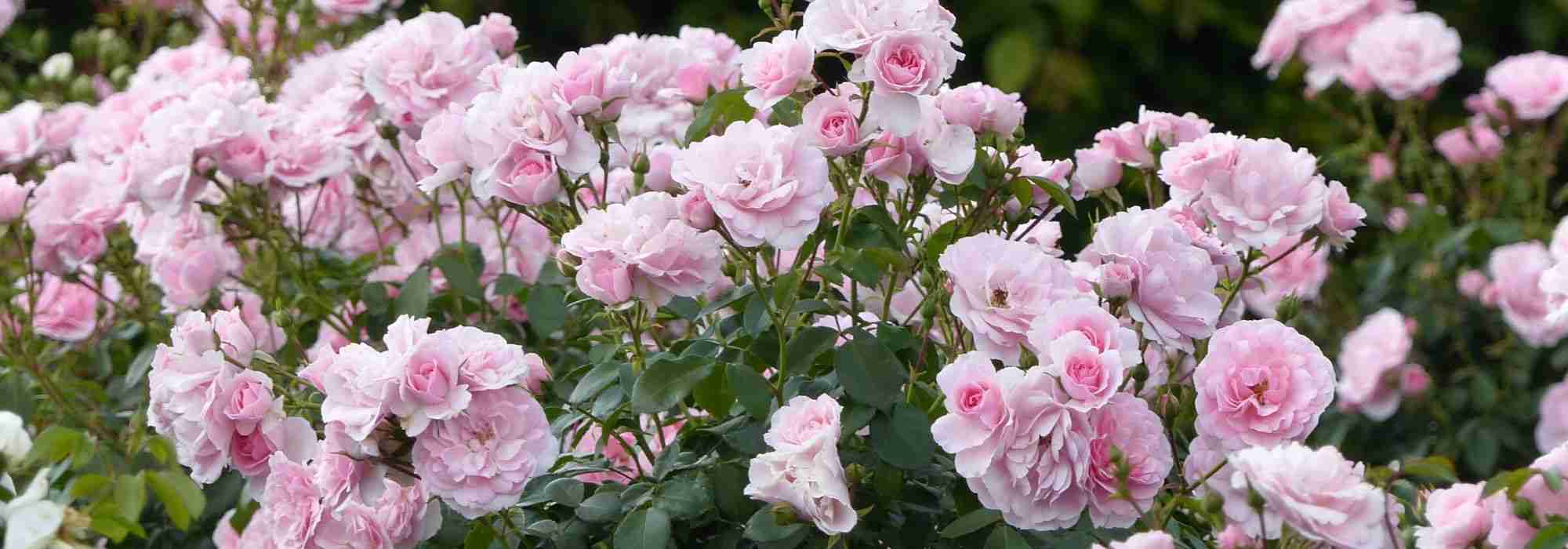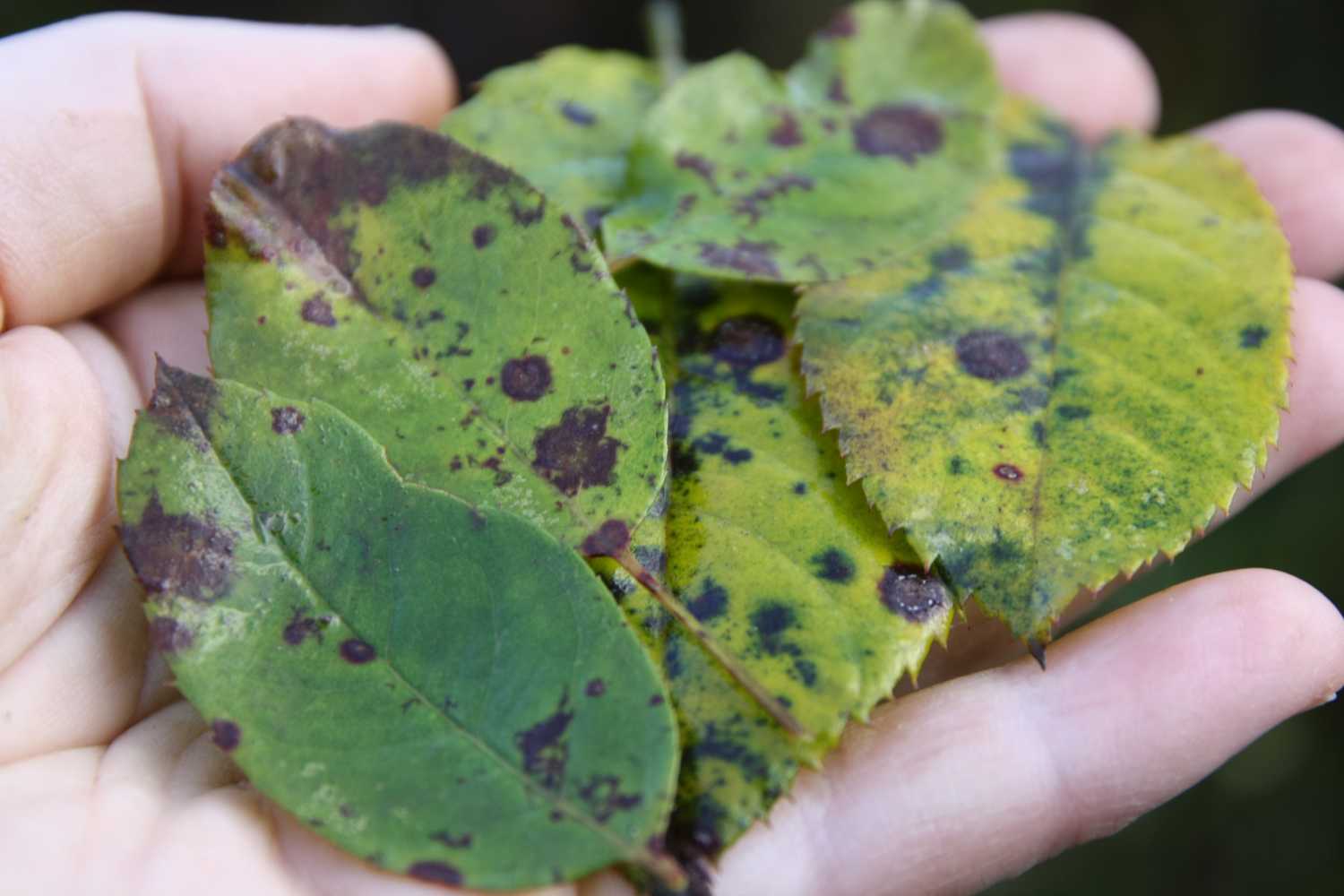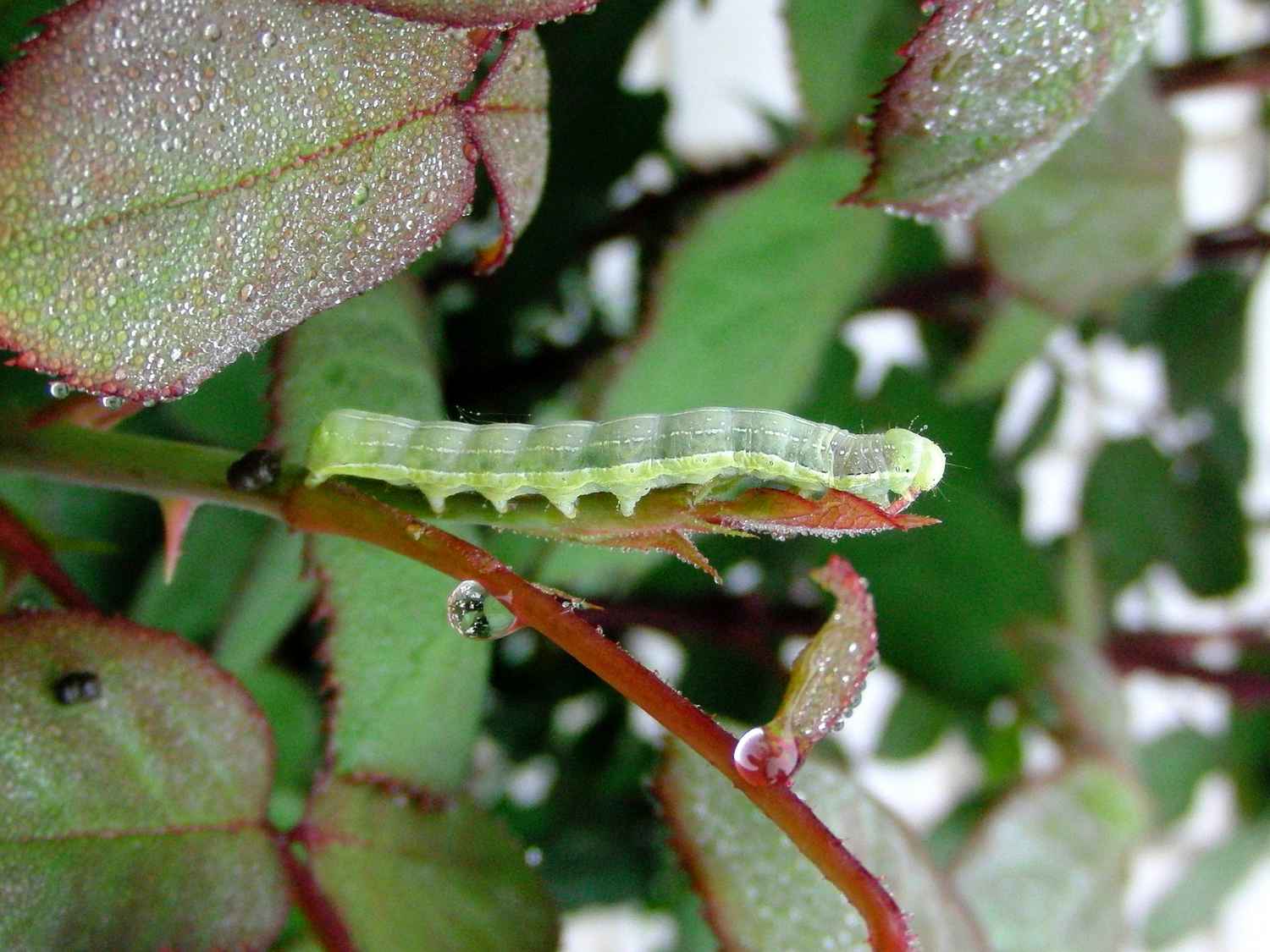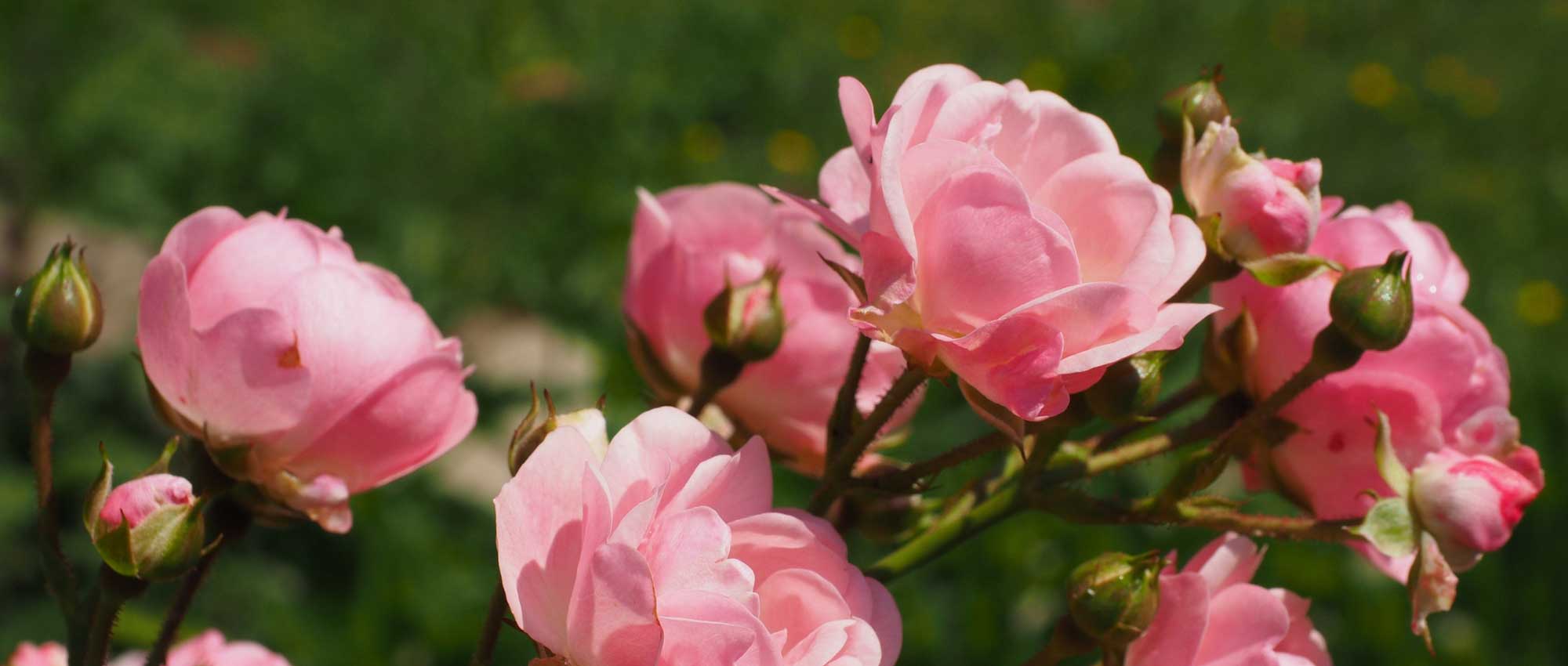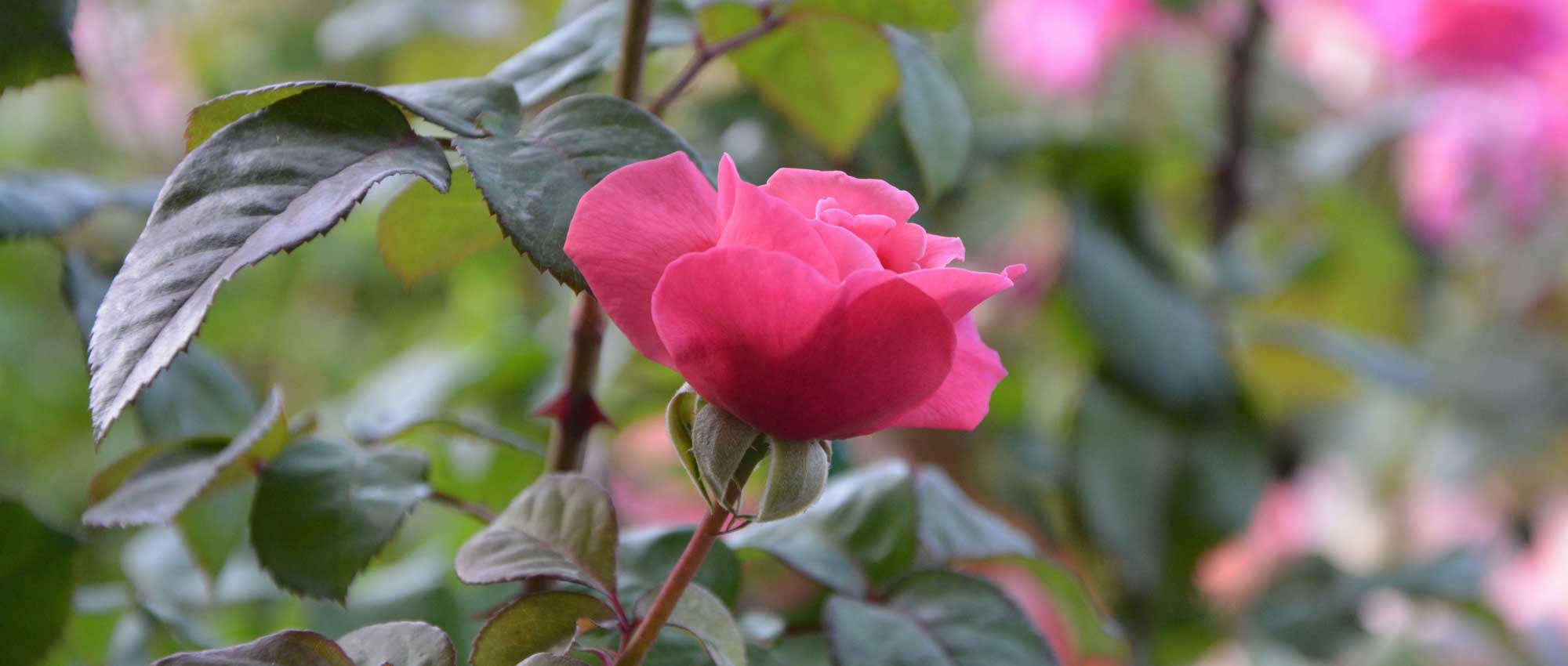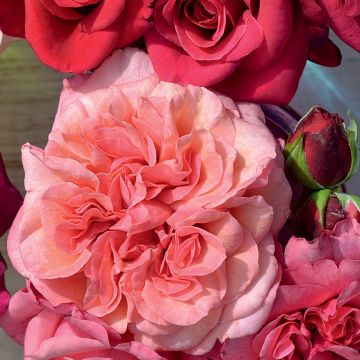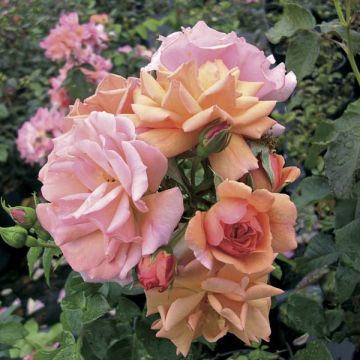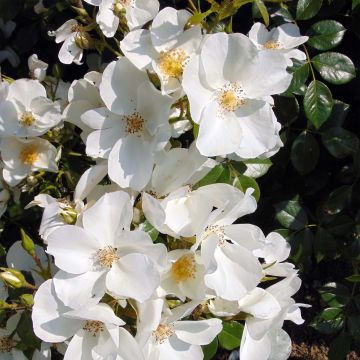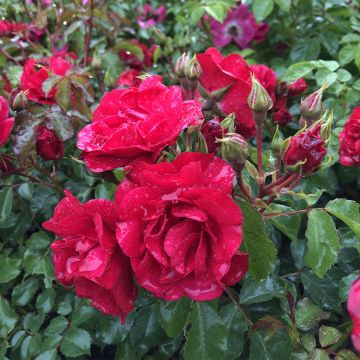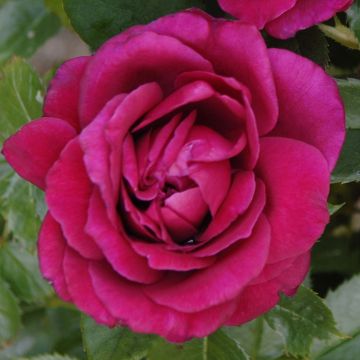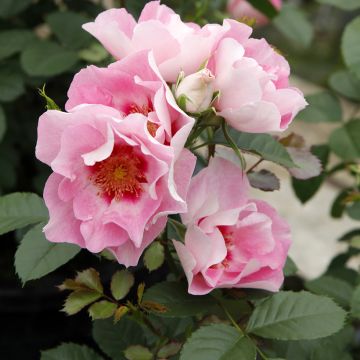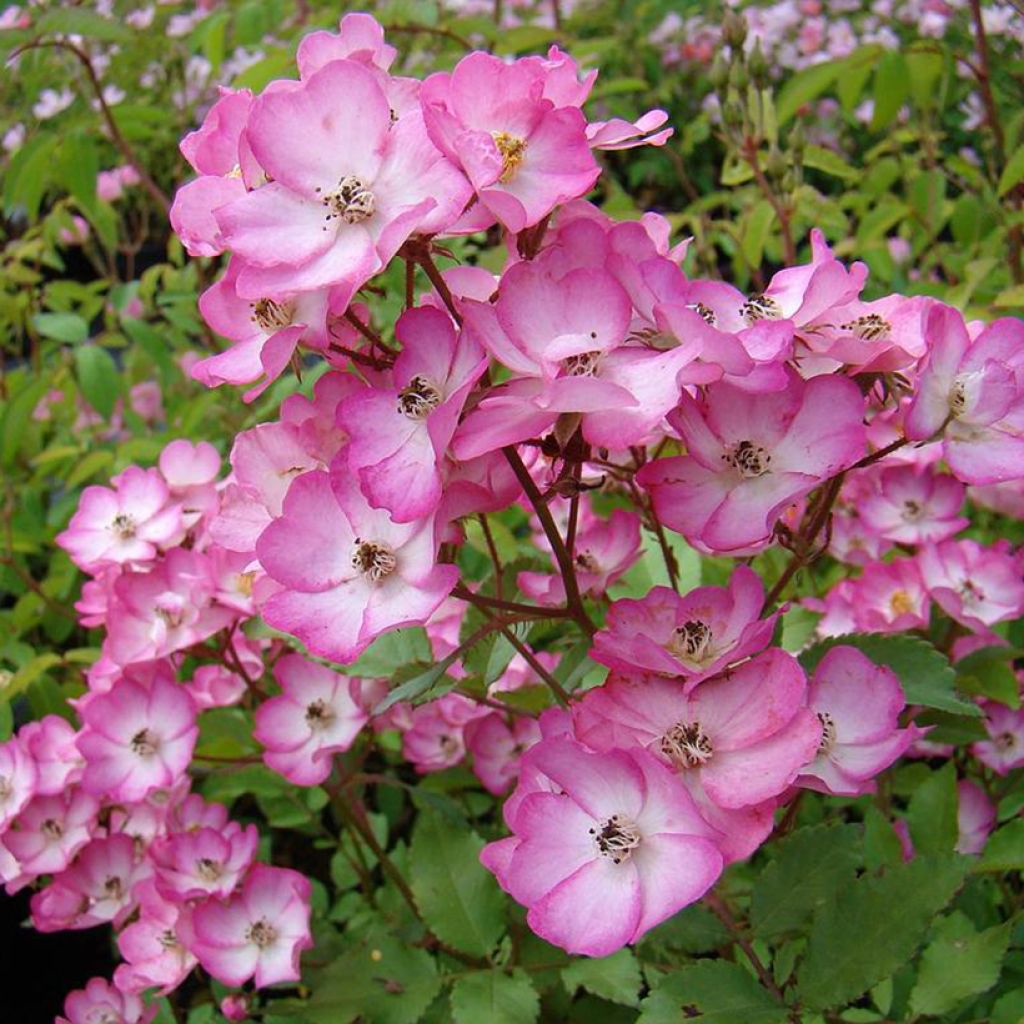

Rosier arbustif Puccini
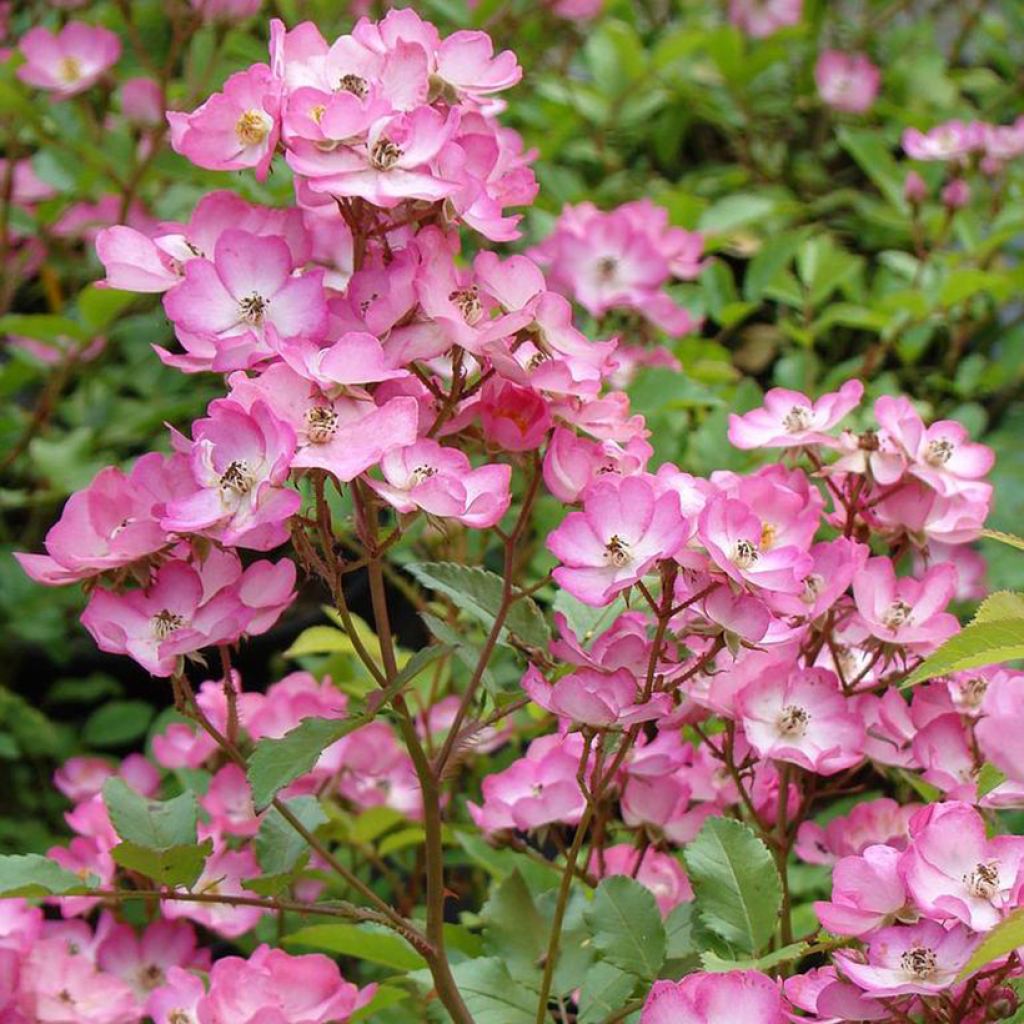

Rosier arbustif Puccini
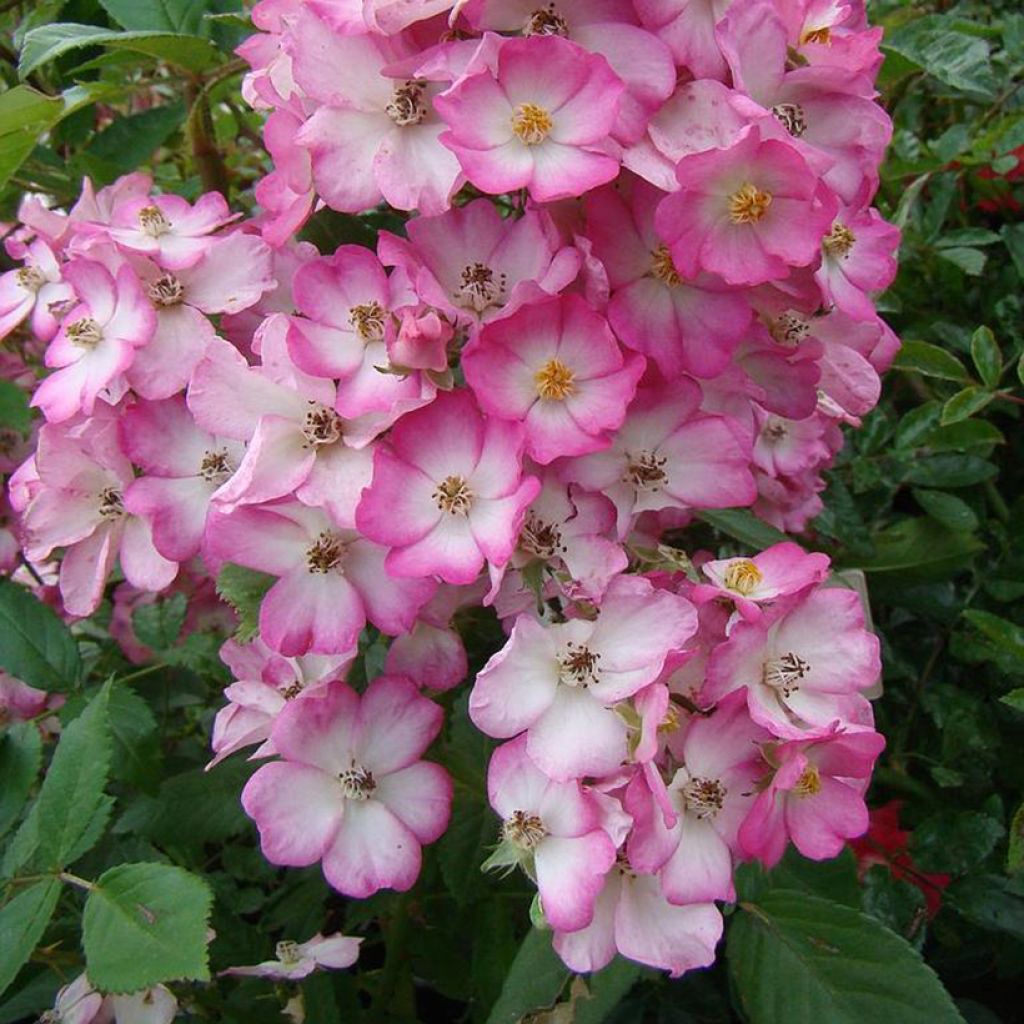

Rosier arbustif Puccini
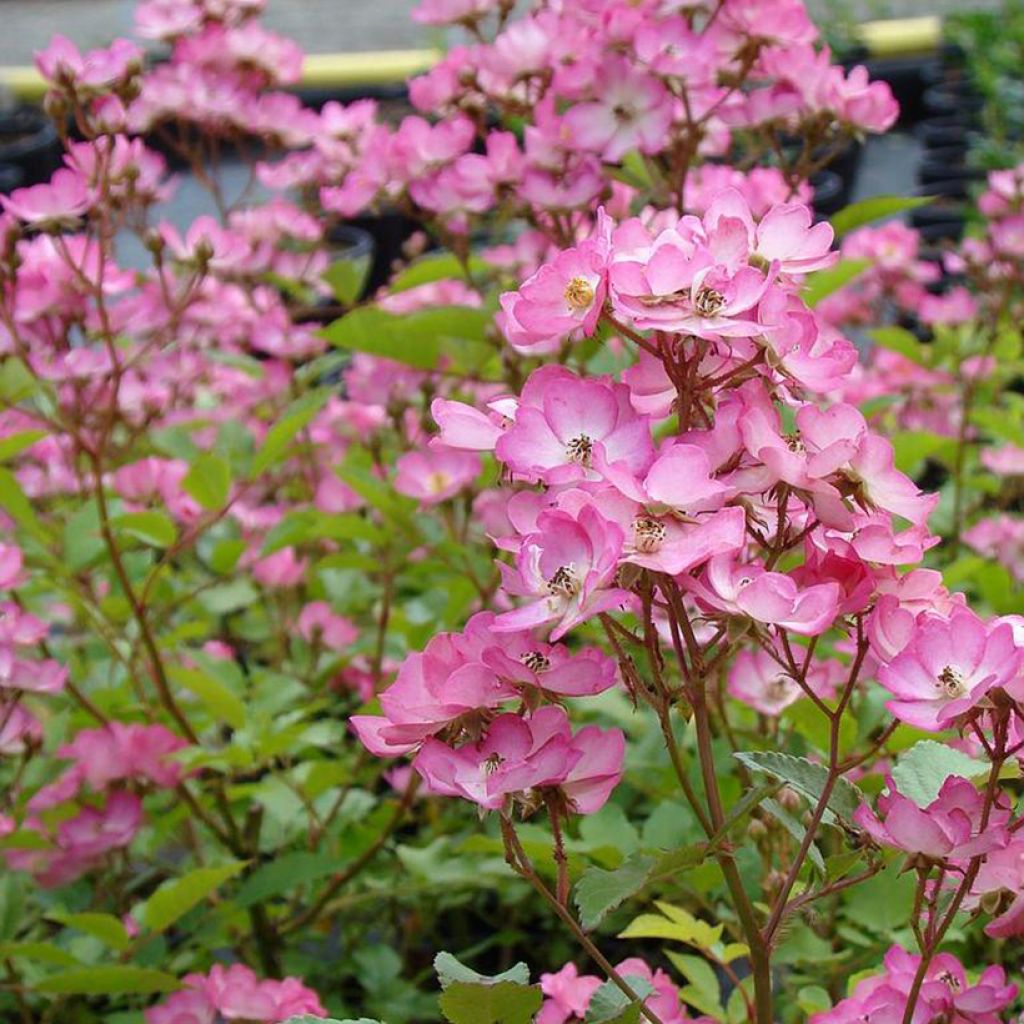

Rosier arbustif Puccini
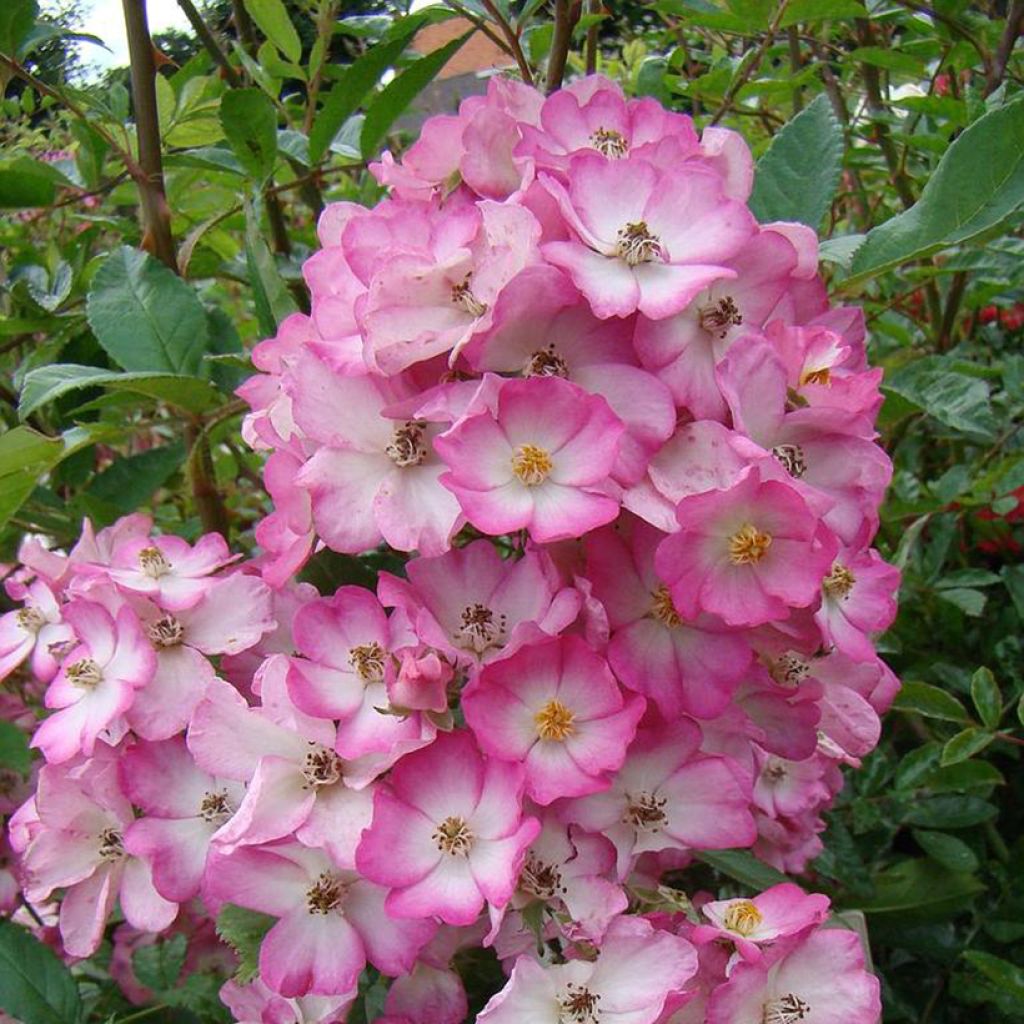

Rosier arbustif Puccini
View more pictures
Hide images
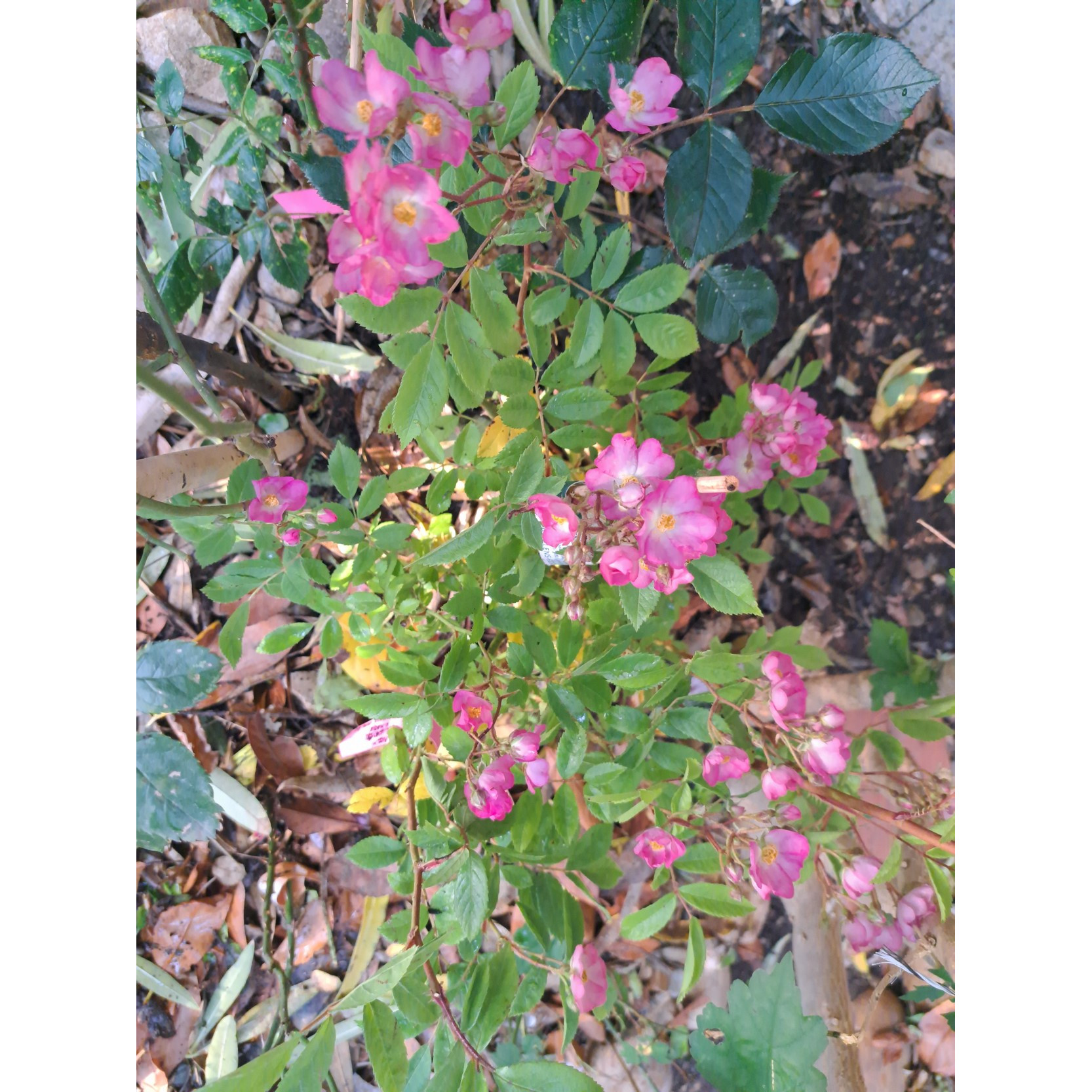
Thierry P.

June flowering - image 1
Thierry P. • 84 FR
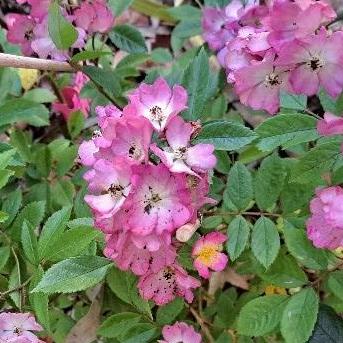
Thierry P.

Flowering from June - image 2
Thierry P. • 84 FR
Rosa Puccini - Hybrid Musk Rose
Rosa x moschata Puccini 'LENmos'
Hybrid Musk Rose
The rose bush had beautiful roots, with potting soil around them, very well packaged. It should take well.
Bernadette, 13/03/2024
Special offer!
Receive a €20 voucher for any order over €90 (excluding delivery costs, credit notes, and plastic-free options)!
1- Add your favorite plants to your cart.
2- Once you have reached €90, confirm your order (you can even choose the delivery date!).
3- As soon as your order is shipped, you will receive an email containing your voucher code, valid for 3 months (90 days).
Your voucher is unique and can only be used once, for any order with a minimum value of €20, excluding delivery costs.
Can be combined with other current offers, non-divisible and non-refundable.
Home or relay delivery (depending on size and destination)
Schedule delivery date,
and select date in basket
We guarantee the quality of our plants for a full growing cycle, and will replace at our expense any plant that fails to recover under normal climatic and planting conditions.
Description
Rosa Puccini will delight plant enthusiasts and rose lovers. This modern hybrid of the musk rose is a small, low bush with a very natural appearance which blooms continuously throughout the summer. Its foliage is covered in large clusters of tiny single flowers, fresh pink with a light centre, which fade to a soft green and remain beautiful on the plant for a long time. Each flower is followed by a small hip. This pretty and healthy rose will accompany all the plants in the garden, in a country or romantic style. The flowers and fruits are perfect for bouquets.
While modern roses are often criticized for their stiffness and weak disease resistance, Louis Lens's creations take a different approach, promoting simplicity, generosity, and robustness. This variety, Puccini, created by L. Lens in 1984, is a hybrid of the musk rose (Rosa x moschata), a bush probably originating from Asia Minor or the Middle East. Similar to polyanthas and floribundas, roses in this family produce flowers gathered in clusters, but their colours are more refined and they have a more flexible and graceful habit. 'Puccini' forms a low, bushy, slightly spreading shrub with flexible branches. It will reach a height of about 80 cm (32in) and a width at least the same. Its very dense foliage is composed of fairly light green, slightly glossy leaflets. This is deciduous foliage that falls in autumn. From June to October, large rounded clusters of flowers open in successive waves. Each small bud opens into a 2 cm (1in) diameter single, light pink flower, more or less white in the centre. The heart of the flower is widely open to bees and other pollinating insects. It has no fragrance. If the flowers are left on the plant from August onwards, many small hips will form and turn red in autumn. The hardiness of this rose is estimated at -15°C (5°F).
Charming and easy-to -grow Puccini, will fit well in many gardens. It is perfect in perennial borders and superb in a group of small bushes. This shrub combines well with pretty and easy-to-grow plants like perennial geraniums (Geranium Blue Cloud, Anne Folkard, Nimbus, Orion), bellflowers (lactiflora, rapunculoides), catmints, ground cover roses in harmonious colours... Left to grow freely, it will form a soft, flowery dome that will perfectly highlight the opulent flowering of old roses such as Charles de Mills, Jenny Duval, or William Lobb.
Awards: Gold Rose in Courtrai in 1985 - Grand Rose of the Century in Lyon in 1985 as well.
Rosa Puccini - Hybrid Musk Rose in pictures
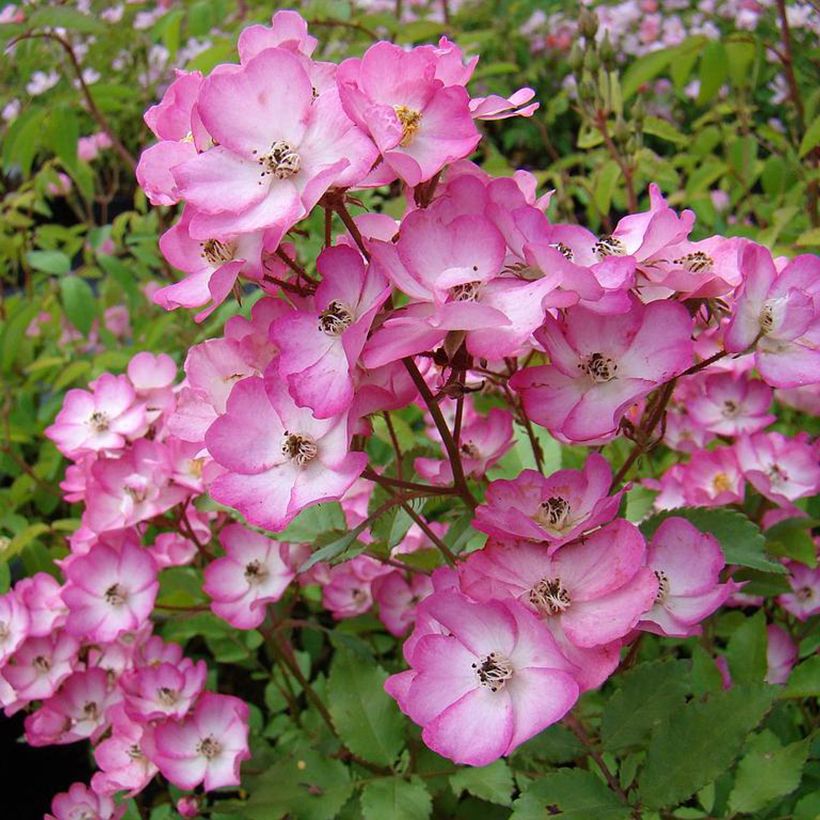

Plant habit
Flowering
Foliage
Botanical data
Rosa
x moschata
Puccini 'LENmos'
Rosaceae
Hybrid Musk Rose
Cultivar or hybrid
Planting and care
To plant your Puccini rose, dig your soil well to a depth of 25 cm (10in) and add a base fertiliser such as bonemeal. Remove your rose from its pot and position it, covering the top of the root ball with 3 cm (1in) of soil. Fill in the hole, firm, and water generously to eliminate air pockets. In dry weather, water regularly for a few weeks to aid root growth. Apply special rose fertiliser to stimulate flowering.
Roses are often stained or unsightly at the end of summer, but this is not a problem for their development. These spots are not harmful to the rose; it is a natural phenomenon.
Planting period
Intended location
Care
Planting & care advice
-
, onOrder confirmed
Reply from on Promesse de fleurs
Similar products
Haven't found what you were looking for?
Hardiness is the lowest winter temperature a plant can endure without suffering serious damage or even dying. However, hardiness is affected by location (a sheltered area, such as a patio), protection (winter cover) and soil type (hardiness is improved by well-drained soil).

Photo Sharing Terms & Conditions
In order to encourage gardeners to interact and share their experiences, Promesse de fleurs offers various media enabling content to be uploaded onto its Site - in particular via the ‘Photo sharing’ module.
The User agrees to refrain from:
- Posting any content that is illegal, prejudicial, insulting, racist, inciteful to hatred, revisionist, contrary to public decency, that infringes on privacy or on the privacy rights of third parties, in particular the publicity rights of persons and goods, intellectual property rights, or the right to privacy.
- Submitting content on behalf of a third party;
- Impersonate the identity of a third party and/or publish any personal information about a third party;
In general, the User undertakes to refrain from any unethical behaviour.
All Content (in particular text, comments, files, images, photos, videos, creative works, etc.), which may be subject to property or intellectual property rights, image or other private rights, shall remain the property of the User, subject to the limited rights granted by the terms of the licence granted by Promesse de fleurs as stated below. Users are at liberty to publish or not to publish such Content on the Site, notably via the ‘Photo Sharing’ facility, and accept that this Content shall be made public and freely accessible, notably on the Internet.
Users further acknowledge, undertake to have ,and guarantee that they hold all necessary rights and permissions to publish such material on the Site, in particular with regard to the legislation in force pertaining to any privacy, property, intellectual property, image, or contractual rights, or rights of any other nature. By publishing such Content on the Site, Users acknowledge accepting full liability as publishers of the Content within the meaning of the law, and grant Promesse de fleurs, free of charge, an inclusive, worldwide licence for the said Content for the entire duration of its publication, including all reproduction, representation, up/downloading, displaying, performing, transmission, and storage rights.
Users also grant permission for their name to be linked to the Content and accept that this link may not always be made available.
By engaging in posting material, Users consent to their Content becoming automatically accessible on the Internet, in particular on other sites and/or blogs and/or web pages of the Promesse de fleurs site, including in particular social pages and the Promesse de fleurs catalogue.
Users may secure the removal of entrusted content free of charge by issuing a simple request via our contact form.
The flowering period indicated on our website applies to countries and regions located in USDA zone 8 (France, the United Kingdom, Ireland, the Netherlands, etc.)
It will vary according to where you live:
- In zones 9 to 10 (Italy, Spain, Greece, etc.), flowering will occur about 2 to 4 weeks earlier.
- In zones 6 to 7 (Germany, Poland, Slovenia, and lower mountainous regions), flowering will be delayed by 2 to 3 weeks.
- In zone 5 (Central Europe, Scandinavia), blooming will be delayed by 3 to 5 weeks.
In temperate climates, pruning of spring-flowering shrubs (forsythia, spireas, etc.) should be done just after flowering.
Pruning of summer-flowering shrubs (Indian Lilac, Perovskia, etc.) can be done in winter or spring.
In cold regions as well as with frost-sensitive plants, avoid pruning too early when severe frosts may still occur.
The planting period indicated on our website applies to countries and regions located in USDA zone 8 (France, United Kingdom, Ireland, Netherlands).
It will vary according to where you live:
- In Mediterranean zones (Marseille, Madrid, Milan, etc.), autumn and winter are the best planting periods.
- In continental zones (Strasbourg, Munich, Vienna, etc.), delay planting by 2 to 3 weeks in spring and bring it forward by 2 to 4 weeks in autumn.
- In mountainous regions (the Alps, Pyrenees, Carpathians, etc.), it is best to plant in late spring (May-June) or late summer (August-September).
The harvesting period indicated on our website applies to countries and regions in USDA zone 8 (France, England, Ireland, the Netherlands).
In colder areas (Scandinavia, Poland, Austria...) fruit and vegetable harvests are likely to be delayed by 3-4 weeks.
In warmer areas (Italy, Spain, Greece, etc.), harvesting will probably take place earlier, depending on weather conditions.
The sowing periods indicated on our website apply to countries and regions within USDA Zone 8 (France, UK, Ireland, Netherlands).
In colder areas (Scandinavia, Poland, Austria...), delay any outdoor sowing by 3-4 weeks, or sow under glass.
In warmer climes (Italy, Spain, Greece, etc.), bring outdoor sowing forward by a few weeks.


































